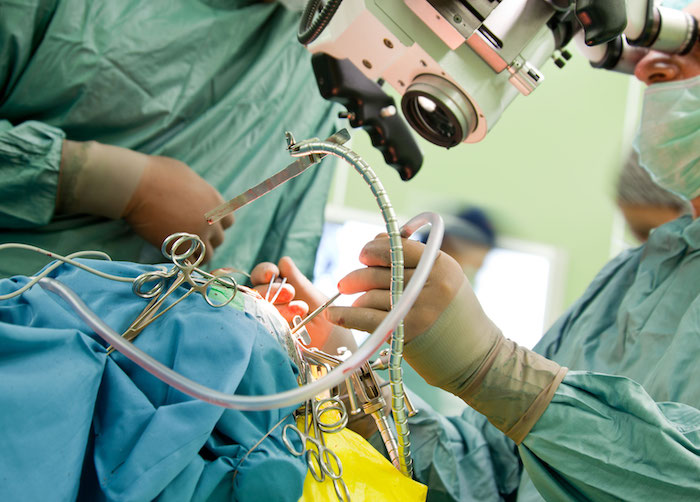Responsive Neurostimulation (RNS)

The Responsive Neurostimulation System (RNS) is a smart device that is adjustable from the computer. Where it is placed and how it is used is specific to each person.
The RNS System can monitor brain waves, then respond to activity that is different from usual or that looks like a seizure by programming the device remotely by the physician. (click to watch video)
Most epilepsy centers that provide epilepsy surgery can also offer the RNS System.
RNS Therapy does not cause any pain or unusual feelings and has shown to reduce seizures and improve quality of life in most people who have used it.
Before having the RNS placed, a person must go through detailed testing to see where their seizures occur in the brain.
So far, 2 out of 3 people with the RNS System (66%) had their seizures cut in half after 7 years of using it.
Two hundred and thirty patients with the RNS System were followed over time in a controlled trial. The average decrease in seizures was 44% after 1 year, 53% at 2 years, and up to 66% after 3 to 6 years of using RNS.
 Seizures have many causes from many different reasons (genetic, trauma, stroke etc).
Seizures have many causes from many different reasons (genetic, trauma, stroke etc).

 The VNS, also known as the “pacemaker for the brain," is a device that is implanted under the skin in the left chest area. A wire is attached to the generator device and placed under the skin. The wire is attached or wound around the vagus nerve in the neck.
The VNS, also known as the “pacemaker for the brain," is a device that is implanted under the skin in the left chest area. A wire is attached to the generator device and placed under the skin. The wire is attached or wound around the vagus nerve in the neck. Surgery is an alternative for some people whose seizures cannot be controlled by medications More recently, surgery is being considered sooner. Studies have shown that the earlier surgery is performed, the better the outcome.
Surgery is an alternative for some people whose seizures cannot be controlled by medications More recently, surgery is being considered sooner. Studies have shown that the earlier surgery is performed, the better the outcome.
 Deep brain stimulation (DBS) has been used for over twenty years in the treatment of other neurological disorders such as Parkinson’s disease. It was approved for the treatment of refractory epilepsy in mid-2018.
Deep brain stimulation (DBS) has been used for over twenty years in the treatment of other neurological disorders such as Parkinson’s disease. It was approved for the treatment of refractory epilepsy in mid-2018.